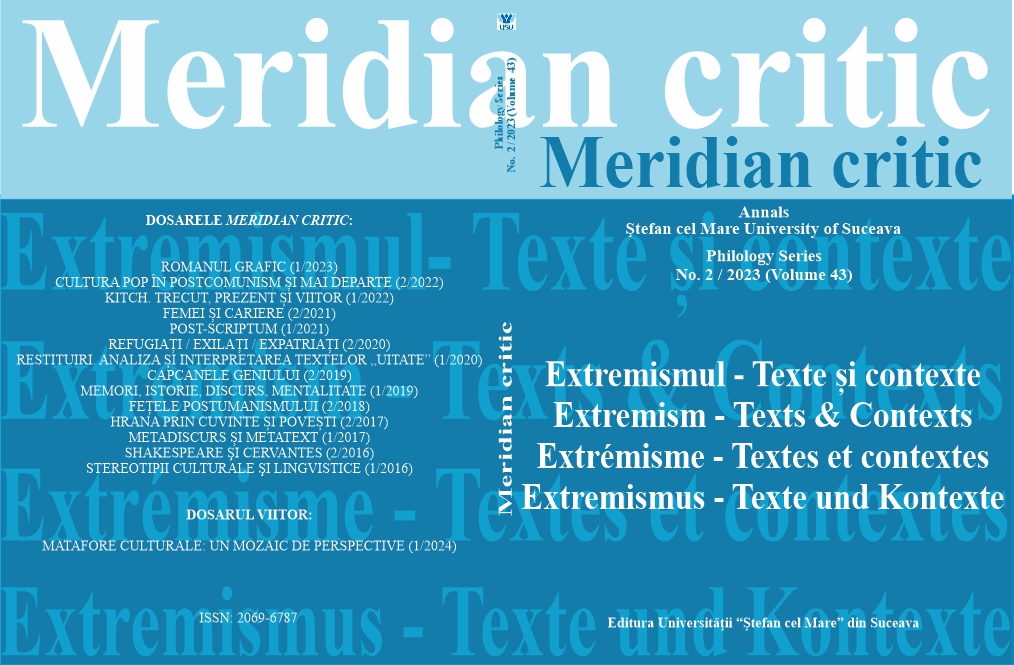Elemente constitutive şi mecanisme ale sistemului canonic
Constituent Elements and Mechanisms of the Canonical System
Author(s): Luigi BambuleaSubject(s): Language and Literature Studies, Studies of Literature, Theory of Literature
Published by: UNIVERSITATEA »ȘTEFAN CEL MARE« SUCEAVA
Keywords: classic (author); (cultural) system; model; critical thinking; cultural memory; anthology; canonical competence; cultural dogmatism; value; relevance; (tradition of the) rationality; symbolic capital
Summary/Abstract: This study is presented not only as a bibliographic report, but nonetheless as a reflection. It involves an explicit polemic against the endeavours to ideologize the cultural canon and dogmatize the criteria for canonical selection. The author give rise to discussion for sociological and ideological reductions of the cultural canon’s definition; furthermore, he denounces the risks and abuses of the concept of an open canon. Noting the tension between the cultural canon and canon theory (which presupposes a certain canon of theory), the author emphasizes that the „canon battle” is not just a theoretical polemic but an axiological conflict (with significant cognitive, educational, social, and cultural consequences). Skeptical about relativistic and antifoundationalist epistemologies, the author proposes a comprehensive perspective on the literary canon and a structural and functional definition: the canon is a dynamic structure with a matrix and genetic dimensions, it is a model of cultural valuation and production, and it is formed as memory and accumulated experience. It operates based on the selection, which must be conceived as the main characteristic of critical thinking (and of the disciplines of the critics). The author suggests replacing models built on the (ideological) center – periphery relationship with a model built on the (dialectical) center – circumference relationship. Aware of the dynamic aspect of the cultural canon system, the author also proposes interpreting classicism, romanticism, and avant-gardism as possible situations in relation to tradition, so as typological moments in the formation and evolution of any cultural canon. Finally, the study aims to justify the perspective of a polyphonic canon, where pluralities are orchestrated, and the eminent function remains the formative one.
Journal: Meridian critic
- Issue Year: XLIII/2023
- Issue No: 2
- Page Range: 83-98
- Page Count: 16
- Language: Romany

